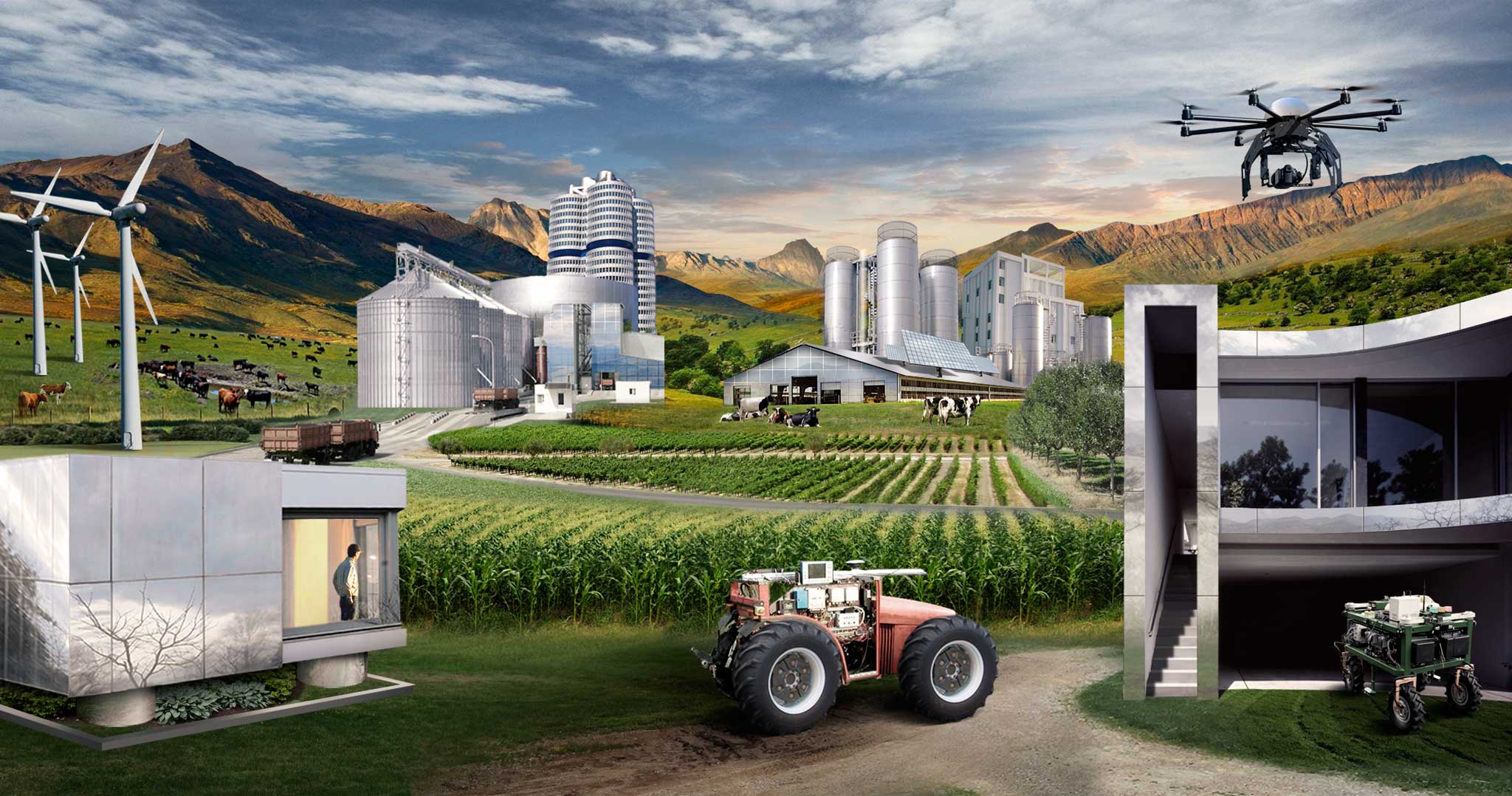
The 'Soil Valley': The Ag Industry is Primed for the Next Tech Bubble
The farming and produce industry is on the verge of the next technology bubble. This is fueled by the growing demand for fresh local produce and the aging demographic of farm owners. Today the average age of a farmer is around 60, which has grown over 10 years in the past 2 decades. When you take into account that the average retirement age is 63 years old, you can see that the industry is primed for a major demographic shift. As farming operations are handed over to the next generation, the demand and need for new farming techniques and technology increases. Here are 2 of the most influential emerging farming technologies. 
1.BigData- With the advent of cloud computing and storage, more data has been created in the past 2 years than the history of mankind. As a result of all this data creation, a need for data storage and analysis tools has materialized. The agriculture industry has been a little late to the data party, but we are beginning to see the adoption of some new technologies. Here are just a few examples.
- Drones – The agriculture industry was one of the first industries to test and adopt the use of drones, but it wasn’t until recently that farmers have actually used them as a data collection tool. Farmers now utilize drones to map out fields and collect vital soil data. This data is automatically uploaded into built-in software platforms and a soil prescription is created. This allows farmers to create a seed, fertilizer, and chemical program that decreases costs and ultimately increases their yield.
- Infrastructure health sensors run on the cloud- Large farming conglomerates often have multiple produce houses, coolers, and storage areas. These health sensors could be placed in all buildings and provide farmers with feedback on conditions at each facility. For example, a humidity and temperature sensor could be placed in each cooler giving the farmer instantaneous data on temperature, humidity, and supply levels. Such a technology will ultimately decrease waste and increase turnover of produce.
- Farming Management Systems- With the data follows the need for an integrated platform that collects, analyzes, and reports important information. These systems have been around for a decade, but many are beginning to use advance data analytics in order to increase yield and decrease cost. We will continue to see advancements in this software, with an increased emphasis on user flexibility.
2.Automation- In 1900 over 40% of the population worked in the agriculture industry; in 2000 that number was only 2%. This, combined with today’s farm labor shortage, has fueled the demand for farming automation. Many farmers are turning to robots to take over some of the harder labor on today’s farms. The robots, affectionately referred to as agbots, have taken over tasks such as harvesting, plowing, picking, weeding, and seeding. In the more distant future there will be swarms of theses robots utilizing sensors in order to implement precision farming techniques. While swarms of agbots may be a distant thought, automation is definitely not. In fact, the agriculture robotic industry is expected to grow from $3 billion to $17 billion by the end of 2020.
While the farming industry has never been considered ‘sexy’ in the eyes of technology enthusiasts, the industry is primed for the next technology revolution. This revolution is fueled by the demographic shift in the industry, the increase demand for fresh local produce, as well as, the current farm labor shortage. It will be exciting to see what farming region will be the next ‘Silicon Valley’ or what I like to call the next ‘Soil Valley’.